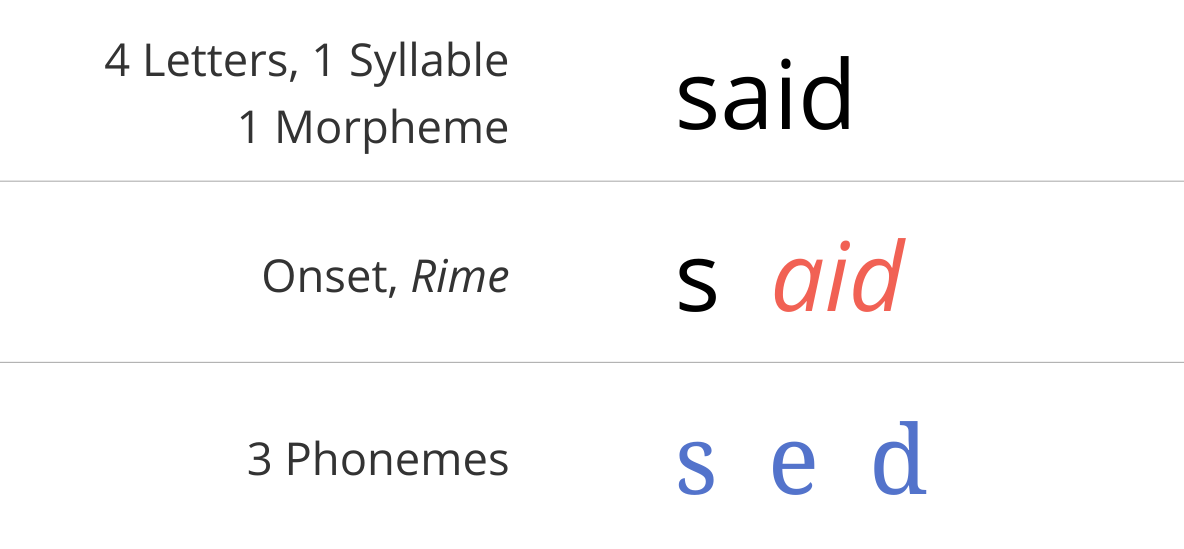Yesterday I posted a letter (read it here) from the New Jersey Public Charter Schools Association to the Democratic National Committee. The 65 signatories express grave disappointment at the DNC’s anti-charter stance, which the signatories call “especially egregious” in light of powerful support from Black and Latino parents. Today the Fordham Institute published a report called “Schooling Covid-19: Lessons from Leading Charter networks from Their Transition to Remote Learning.” Here, Gregg Vanourek examines the successful approach of eight charter management organizations (CMO’s) during pandemic-induced remote instruction and what traditional districts can learn from them.
Sometimes timing is everything.
There’s just so much at stake. McKinsey projects that by the time school starts back up, whether in-person, remotely, or some kind of hybrid, low-income students will have fallen by over a year, Black students by 10.3 months and Hispanic students by 9.2 months. Public charters (both nationwide and in NJ) disproportionately enroll these high-risk students. So what can traditional districts learn from them? What can we do differently in these challenging circumstances so that all students stay on track given the constraints of zoom and Google Classroom? (And why isn’t the DNC celebrating the succcesses of public schools that get it right instead of promising anti-charter lobbyists they’ll stifle their growth?)
For this study, Fordham selected Achievement First, DSST Public Schools, IDEA Public Schools, KIPP DC, Noble Network of Charter Schools, Rocketship Public Schools, Success Academy, and Uncommon Schools. (Uncommon has 4 schools in Camden serving 800 students and 14 schools in Newark serving over 5,500 students. The other CMO’s don’t have Jersey locations so I’ll feature Uncommon because that’s the way we roll.) Here, Mike Petrilli explains how these schools made the cut:
